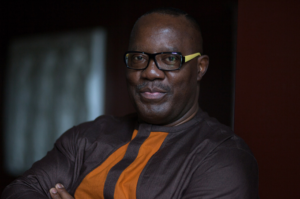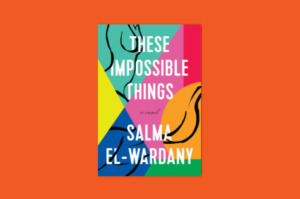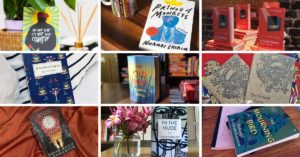Chimamanda Adichie stole our hearts with “The Danger of a Single Story.” Purple Hibiscus and Half of a Yellow Sun had been out a few years before the TED talk, but it was that talk that took her from being a successful novelist to a global thought leader.
Eight years later, in an interview with The Atlantic, Adichie revisits some of the questions about representation and storytelling that she explored in the TED video.
The interview is part of a series titled Bold Questions. It is designed as an animated video, for which the interviewee does the voice-over. Other high profile features in the series include Ta-Nehisi Coates, American supreme court judge Ruth Bader Ginsburg, and Caitlyn Jenner.
Adichie covers a range of issues in the short interview. She reopens the question of stereotypes, how they work, and what makes them tempting and problematic.
She also shares a little bit about her journey as a writer. Her reading life as a young girl revolved around British and American books. This experience produced a split between her real and imagined lives.
I then had this parallel imagination: in my real life I ate mangos. In my imaginary life, I ate apples. In my real life we, had two seasons: dry season and rainy season. And we always had sun. But in my imaginary life from the books I read, there was such a thing as winter and snow.
All that changed when she began reading African literature. The close connection she felt with the worlds represented in African fiction moved her to perceive the world and write differently.
My perception of reading changed when I stared reading African literature. Feeling a greater sense of connection with those books, feeling that there’s something different about those because it felt close, because it felt familiar. I stopped writing about snow.
She also draws attention to the scarcity of children’s fiction exploring African life and links it to the fact that Africans aren’t still the ones telling African stories. “I want African realities to be explored by Africans,” she concludes.
It’s a lovely interview. The animation in the video is beautifully designed and quite cool.
Enjoy!










The Collector’s Box Vol.7 – westafricanah March 18, 2017 13:30
[…] Next is this animation of an interview where Chimamanda Ngozi Adichie sheds some more light on why it is necessary for Nigerians (and other underreprsented peoples as well) to tell our own stories and share them with ourselves and the world. Link. […]